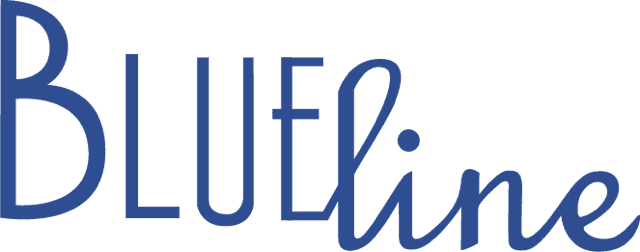With its headquarters located in Tampa, Florida, the people of Blueline Simulations have been casting their gaze to the water. Here, it is mostly rocky and not sandy, but the water is blue and warm. A drive across town is marked by sightings of pelicans, and sometimes even a few dolphins. You see a lot of fishing boats here in Tampa; the families who make their living from the sea are not some far-away abstraction. They’re right there on the side of the freeway with their lines in the water.
I haven’t seen any oil. At least, not yet.
I remember the early, bitter-sweet sense of relief that we all felt when the news reported that most of Florida coast would be spared from the rush of oil that was escaping into the gulf. That relief is gone, and today it is replaced with a dread that is creeping as surely as thick, black ooze.
Today in the morning paper, I saw a full-page ad from BP. The headline and copy in the ad struck a reassuring tone. The message was that the company would make things right, and would take full responsibility.
My wife looked over my shoulder. “How much do you think they paid for that ad?” she asked. I knew what she was going to say next, because the thought had crossed my mind, too: “Wouldn’t that money be better spent cleaning up the mess?”
As an organizational guy, I often find myself imagining how these kinds of public relations disasters look from within the organization. I am confident that the BP organization takes no joy in harming the environment, or the public’s trust. I wonder about the meetings that take place internally, the growing internal anxiety, as time and again, the organization’s well-intentioned public statements and actions are received in the worst possible ways: “Don’t they see how hard we’re trying?!”
When we talk about trust here at Blueline Simulations, we cast it in terms of behaviors. There are things you can do to build trust and to restore trust. There are also certain behaviors that will destroy it in a heartbeat. One of our partners in learning, Stephen M. R. Covey, has identified 13 behaviors of high-trust organizations, and they read like a really, really bad report card for BP.
Covey’s behaviors include talk straight, confront reality, and right wrongs.
Think about the statements you’ve heard company representatives make in the news and also the ways those statements have been mercilessly picked apart by pundits. Now play a little “Monday morning quarterback” and imagine how you would recast each of those press events. Think about the statement that Tony Hayward, CEO of BP, made: “The Gulf of Mexico is a very big ocean. The amount of volume of oil and dispersant we are putting into it is tiny in relation to the total water volume.”
If you were Tony’s “trust consultant,” what would you advise? In this case, what does it look like to talk straight, confront reality, right wrongs?
I know that the Tylenol scare of 1982 is one of the more overplayed business case studies, but doggone if those guys didn’t get it right. After seven people in the U.S. died from ingesting Tylenol, Johnson & Johnson alerted the nation to stop using Tylenol until they could determine the extent of the tampering. They recalled 31 million bottles, retailing at over $100 million. They offered to exchange capsules already sold for tablets which cost them millions more. They established relations with law enforcement officers on every level to help search for the person who laced the medication and to help prevent further tampering. When they reintroduced the product, it had new triple-seal, tamper resistant packaging. As a result of their actions, they turned what could have been a disaster into a victory in credibility and public trust.
J&J practiced accountability, confronted reality, talked straight. Yes, it was painful and yes it was expensive. (And remember that the crisis wasn’t even J&J’s fault.) To this day, that company enjoys a level of trust and credibility that others envy.
Again, imagine yourself as the trust consultant to BP. As you think about Tylenol’s response, what might Covey’s trust behavior of “practice accountability” look like? Winston Churchill said that it is fruitless to claim “we are doing our best.” You have got to succeed in doing what is necessary.
The opportunity exists today for BP — and for any company — to exercise behaviors that build trust at all levels of the organization. It requires resources and a fair amount of courage. But the rewards are great.
Today, trust and transparency are as important to corporate reputation as the quality of products and services. Attend Blueline’s Building & Restoring Trust Webinar. Click here to learn more.

